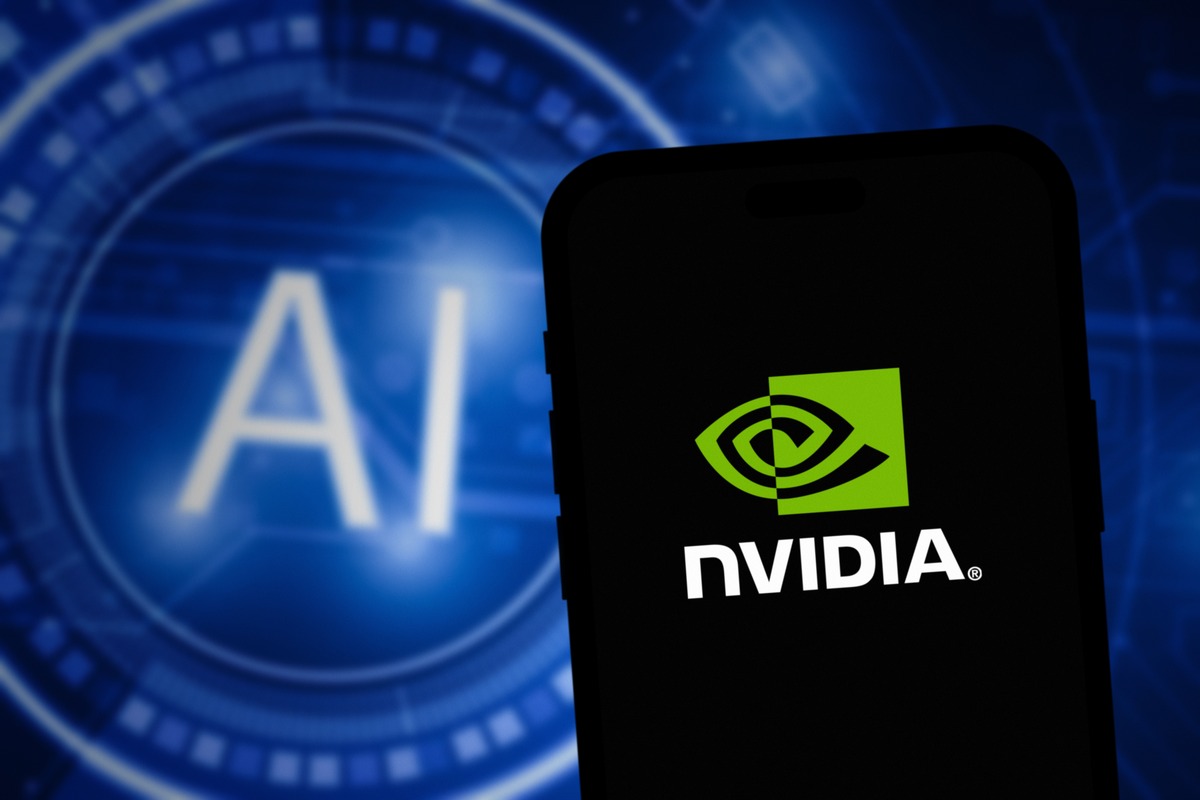
This week, Nvidia reached a historic milestone, becoming the world’s most valuable publicly traded company, surpassing tech giant Apple for the second time this year. Nvidia stock rose to a record high on Wednesday with a market valuation of $3.58 trillion, ahead of Apple at $3.38 trillion.
Nvidia’s stock has nearly tripled in 2024, thrilling Wall Street and signaling the dawn of a new era in AI-driven innovation. Driven by soaring demand for its high-tech GPUs, Nvidia now dominates the AI accelerator market, designing approximately 70% to 95% of the world’s AI chips, according to Mizuho Securities. These high-tech GPUs are the backbone of the AI technology we see in OpenAI’s ChatGPT and Google’s Gemini.
The company’s 850% market value surge since late 2022 highlights founder and CEO Jensen Huang’s early and strategic pivot to AI. Nvidia’s foresight has positioned it at the epicenter of an industry revolution, driving transformative change across business, health care and everyday life. Huang’s bold bet on AI has not just paid off—it’s put Nvidia in a league of its own.
Nvidia’s GPUs, such as the Hopper H100, have become essential for AI training, propelling the company to the top of the AI food chain. However, Nvidia has not rested on its laurels: The company is already planning its next major leap forward with its Blackwell series, announced earlier this year and set to deliver 2.5 times the performance of its predecessor, the Hopper, in training AI systems.
“Generative AI is the defining technology of our time. Blackwell is the engine to power this new industrial revolution. Working with the most dynamic companies in the world, we will realize the promise of AI for every industry,” Huang said in March.
Creating tech, crafting markets: The Nvidia CEO’s winning formula
Speaking during a keynote at the Los Angeles SIGGRAPH Conference in 2023, Huang reflected on his company’s journey to the top, crediting the tech giant’s success to a bold decision to embrace AI in computer graphics development years ago. This visionary gamble, he explained, required a complete reinvention of Nvidia’s GPUs—soon to become the coveted jewels of the tech world. Nvidia designed these chips specifically for complex machine-learning needs and soon cultivated a strong network of developers drawn to this cutting-edge technology and its potential value.
“We realized that not only do you have to create the technology and invent a new way of doing computer graphics, so that what was $1 million is now $300, $400, $500 that fits in a computer,” Huang told Shantam Jain at the Stanford Graduate School of Business. “And you have to go create this new market. So we had to create technology, create markets.”
That market now hinges on the continued commercial use of Nvidia chips by key investors like Microsoft and Google, whose ongoing investments in the technology remain critical. There is little fear this market will fade out, however. By the end of 2025, the AI chip industry is expected to surpass $91.5 billion in revenue, with double-digit growth projected to continue through at least 2028, according to a Gartner report released in May. By the end of 2026, 100% of enterprise PC purchases will be AI PCs.
Intel faces $16.6 billion loss in Q3 as Nvidia continues its market surge
Despite a failed attempt to acquire Nvidia years ago, the once domineering Intel now finds itself struggling to keep pace with the rise of both Nvidia and its competitor AMD. This week, the Santa Clara-based chipmaker suffered a significant setback when it was announced that Nvidia would soon replace Intel in the Dow Jones Industrial Average. This shift comes as Intel reveals a staggering third-quarter net loss of $16.6 billion, coupled with an acknowledgment from the company that it has “a lot of work to do” to remain competitive. Intel’s decline isn’t just a string of missteps; the chipmaker is struggling to keep pace with Nvidia’s relentless rise to the top.
This has fueled reports that the U.S. Commerce Department is exploring strategies for strengthening domestic semiconductor production, with potential options on the table—including a possible merger between Intel and AMD—to keep the U.S. self-sufficient in critical chip technology.
While Intel flounders, Nvidia charges ahead, cementing its lead in AI robotics and chipmaking. With its open-source NVIDIA Isaac Lab continuing to stun investors, the company is revolutionizing robot training, scaling complex tasks from humanoids to quadrupeds. And now, with rumored plans to take on the consumer PC market, Nvidia’s momentum shows no sign of stopping—it’s clear who’s driving the next wave of AI innovation.
Photo courtesy of QubixStudio/Shutterstock




